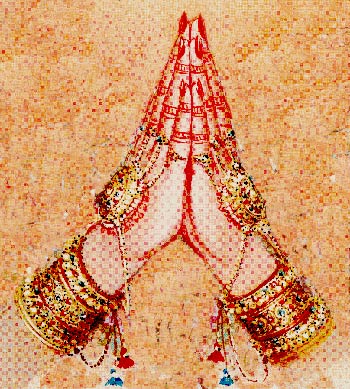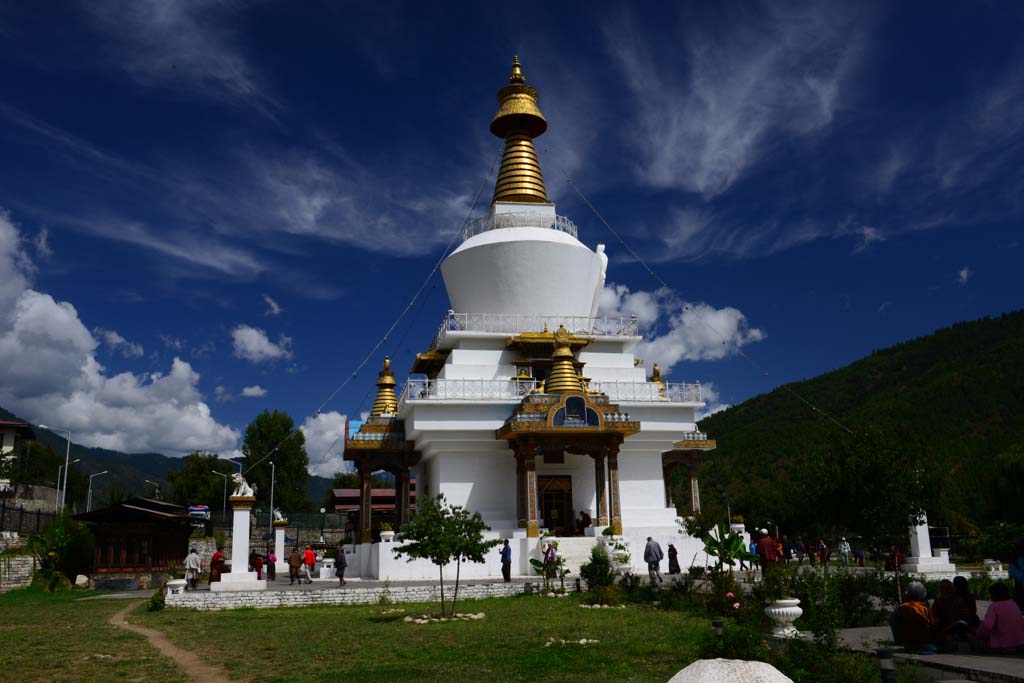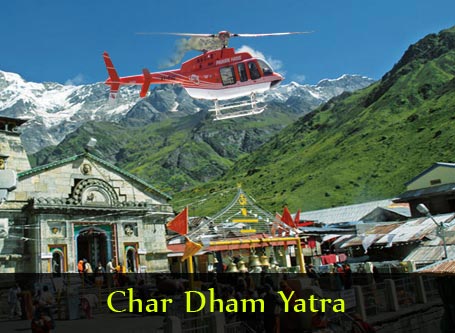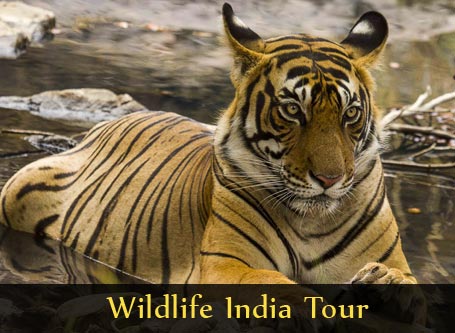Heritage Bhutan and Monastery Tour
Travel to Bhutan, the land of mesmerizing beauty and unending adventure. Visit ancient fortresses that have stood witness to the history of the region. Spend quality time at monasteries that exude peace and serenity. With extensive sightseeing in Thimphu, Punakha and Paro, travellers will cover many important tourist attractions of Bhutan.
TOUR HIGHLIGHTS
Destination Covered
Paro , Thimphu , Punakha
DAY BY DAY ITINERARY
Day 01: Arrive Paro and transfer to Thimphu
Fly into Himalayas with Druk Air, Bhutan's National Air Carrier. The green walls of the hills known as Dooars or gateways, in to Bhutan from the plains of India rise ever higher as the plane flies north towards the Tibetan border. Silvery rivers rush along the valleys, waterfalls plunge down the forested mountainsides, and to the north, the great snowcapped peaks of the inner Himalayas rise up to the heavens. Farm houses dot the hillsides on either side of the plane.
As the aircraft enters the Paro valley, look down and you will see the Paro Dzong on the hillside overlooking Paro Chu (river) with Ta Dzong, formerly a watchtower and now the National Museum, above it. Received by our representative at the airport and transfer to Thimphu, the moden capital town of Bhutan. Overnight at the hotel in Thimphu.
Day 02: Thimphu
After breakfast, sightseeing in Thimphu valley including visit to the following : the National Library, housing an extensive collection of priceless Buddhist manuscripts; the Institute for Zorig Chusum (commonly known as the Painting School) where students undergo a 6-year training course in Bhutan's 13 traditional arts and crafts. Later visit Textile and Folk Heritage Museum, a fascinating testimony of the Bhutanese material culture and living traditions.
After lunch, visit King's Memorial Chorten continuously circumambulated by people, murmuring mantras and spinning their prayer wheels. Construction of this landmark was the idea of Bhutan's third king, His Majesty Jigme Dorji Wangchuk ("the father of modern Bhutan") who has wished to erect monument to world peace and prosperity. Completed in 1974 after his untimely death, it serves both as a memorial to the Late King and as a monument to peace.
Then, visit the government-run Handicrafts Emporium and local crafts shops, to browse through example of Bhutan's fine traditional arts. Here you can buy hand-woven textiles, thangkha paintings, masks, ceramics, slate and wood carvings, jewelry, interesting items made from local materials.
Evening visit Trashichhoedzong, "fortress of the glorious religion". This is the center of government and religion, site of monarch's throne room and seat of Je Khenpo or Chief Abbot. Built in 1641 by the political and religious unifier of Bhutan, Shabdrung Ngawang Namgyal, it was reconstructed in 1960s in traditional Bhutanese manner, without nails or architectural plans. Overnight at the hotel in Thimphu.
Day 03: Drive from Thimphu to Punakha
After early breakfast, drive up to Dochu-la pass (3,088m / 10,130 ft) stopping briefly here to take in the view and admire the chorten, mani wall, and prayer flags which decorate the highest point on the road. If skies are clear, the following peaks can be seen from this pass (left to right): Masagang (7,158m), Tsendagang (6,960m), Terigang (7,060m ), Jejegangphugang (7,158 m ), Kangphugang (7,170 m ), Zongphugang (7, 060 m ), a table mountain that dominates the isolated region of Lunana - finally Gangkar puensum, the highest peak in Bhutan at 7,497m.
Later visit to Punakha Dzong, Built strategically at the junction of Pho Chhu and Mo Chhu rivers in 1637 by Shabdrung Ngawang Namgyal to serve as the religious and administrative centre of the region, Punakha Dzong has played an important role in Bhutan's history. Damaged by four catastrophic fires and an earthquake, the Dzong has been fully restored by the present King.
After that drive to Wangduephodrang visiting Dzong and local market. The district of Wangduephodrang is also famous for its bamboo products, slate and stone carvings. Overnight at the hotel in Punakha.
Day 04: Drive from Punakha to Paro
After breakfast drive to Paro en route visit Simtokha Dzong. This dzong, built in 1627 is the oldest in Bhutan. It now houses the Institute for Language and Culture Studies.
Afternoon in Paro ,visit Ta Dzong, once a watchtower, built to defend Rinpung Dzong during inter-valley wars of the 17th century, Ta Dzong was inaugurated as Bhutan's National Museum in 1968.
Afterwards, walk down a hillside trail to visit Rinpung Dzong. Built in 1646 by Shabdrung Ngawang Namgyal , the first spiritual and temporal ruler of Bhutan, the Dzong houses the monastic body of Paro, the office of the Dzongda (district administrative head) and Thrimpon (judge) of Paro district. The approach to the Dzong is through a traditional covered bridge called Nemi Zam. Overnight at the hotel in Paro.
Day 05: Paro
After breakfast drive up the valley to view the ruins of Drukgyal Dzong. It was from here that the Bhutanese repelled several invading Tibetan armies during the 17th century.
Then take an excursion to Taktsang Monastery, the most famous of Bhutanese monasteries. It is said that Guru Rinpoche arrived here on the back of a tigress and meditated at this monastery hence it is called "Tiger's Nest". The excursion to monastery takes about 5 hours for round trip.
While return to Paro town visit en route Kyichu Lhakhang, one of the oldest and most sacred shrines of the Kingdom. Overnight at the hotel in Paro.
Day 06: Depart from Paro
After early breakfast at the hotel, drive to the airport for flight to your onward destination. Our representative will help you with exit formalities and then bid you farewell.
HOLIDAY PLANNING & AMAZING DEALS
Get the Best Holiday Planned by Experts!
Enter your contact details and we will plan the best holiday suiting all your requirements.

















